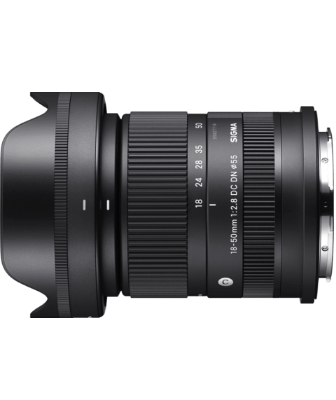Versatile, that’s why skills resonate.
SIGMA 18-50mm F2.8 DC DN | Contemporary Impression
Impression
Taichi Kozawa
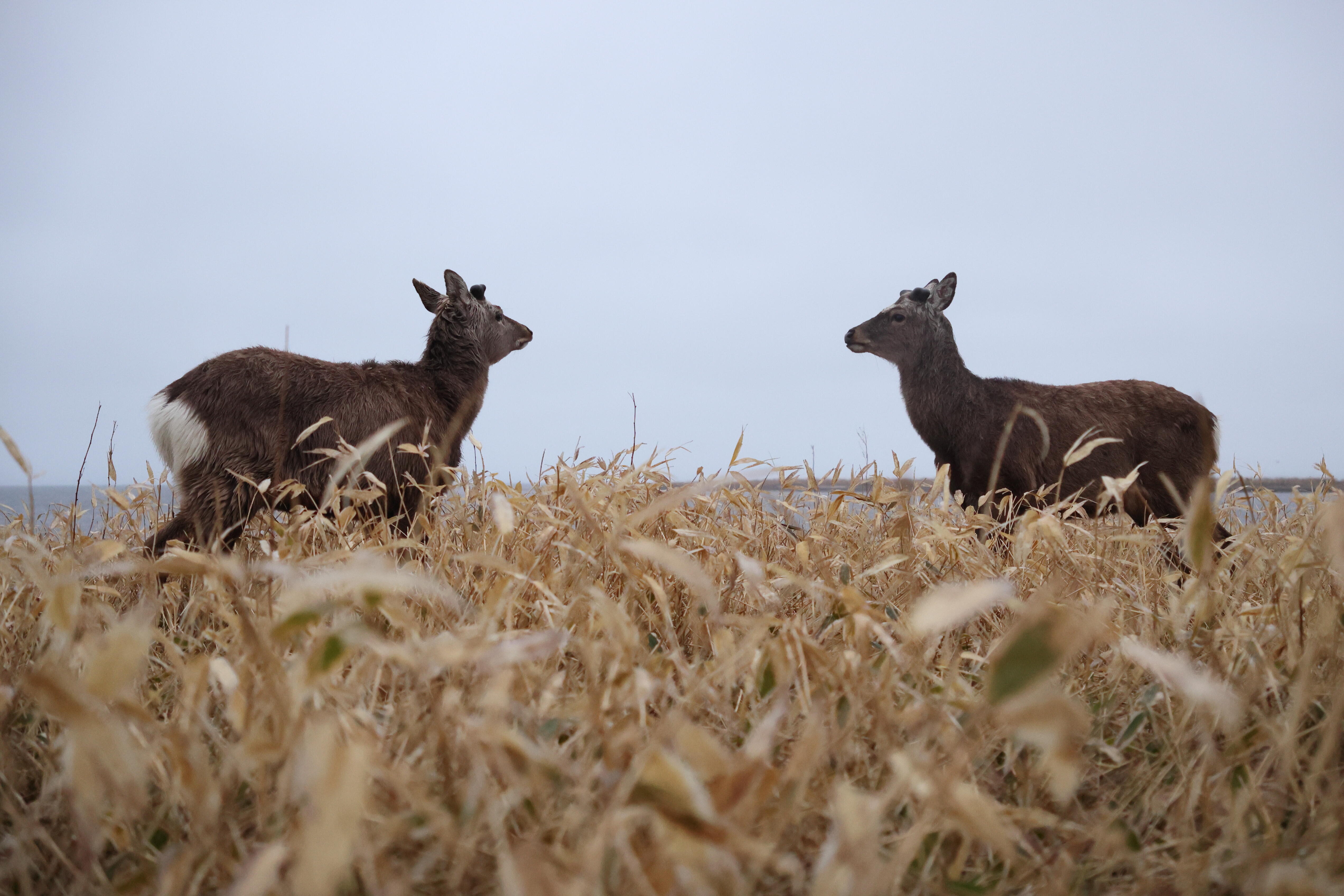
SIGMA 18-50mm F2.8 DC DN | Contemporary, Canon EOS R5, ISO 2000, F2.8, 1/250s, 34mm
In the spring of 2023, I decided to spend more time in the northern part of Japan, Hokkaido to take photographs. Every month, I travel back and forth between Tokyo, the city I call home, and Hokkaido, with its rich and wild nature. In Hokkaido, I experience a life that is the complete opposite of Tokyo. I go out every day to take photographs, and I always look forward to seeing what subjects I will encounter.
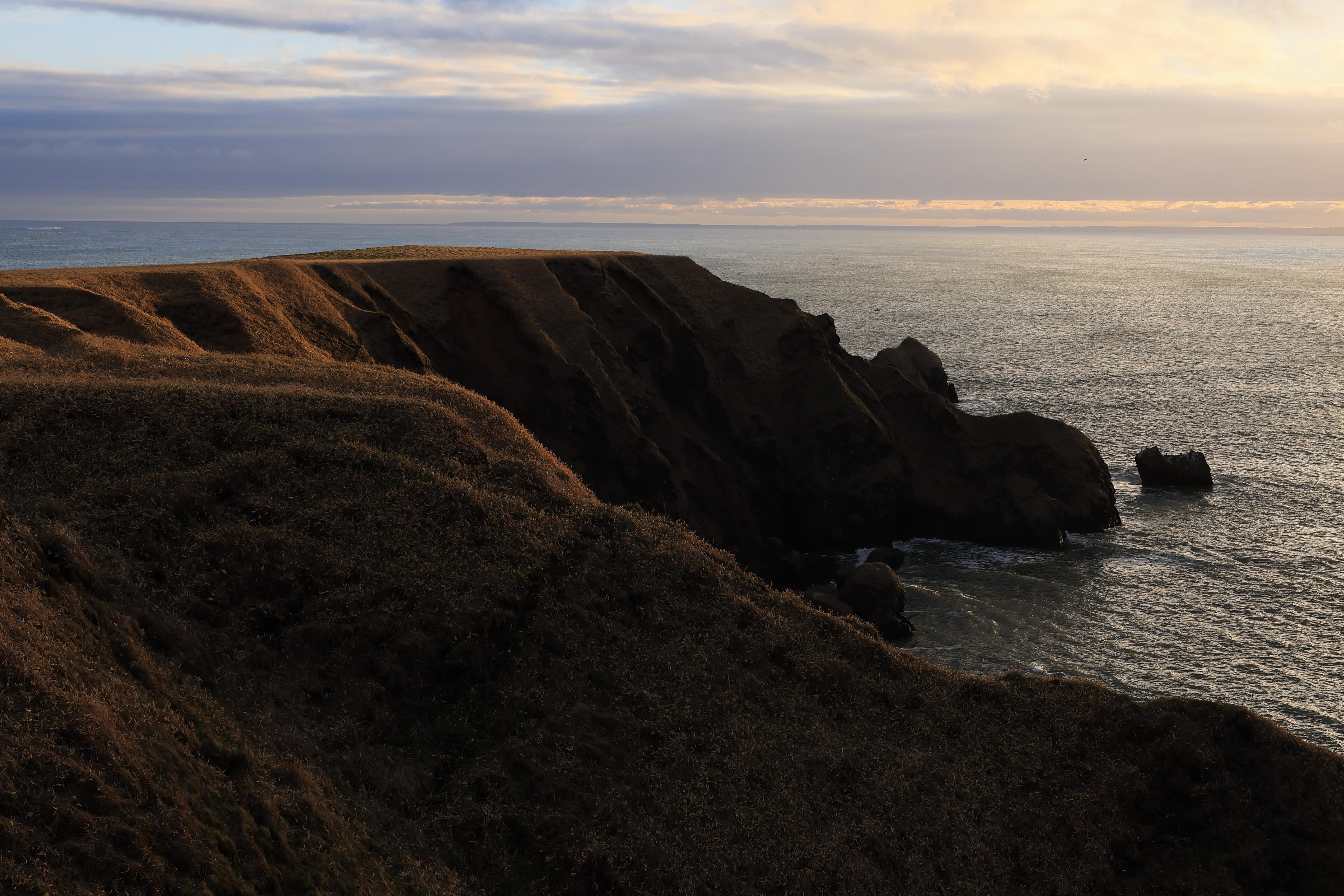
SIGMA 18-50mm F2.8 DC DN | Contemporary, Canon EOS R5, ISO 200, F7.1, 1/320s, 30mm
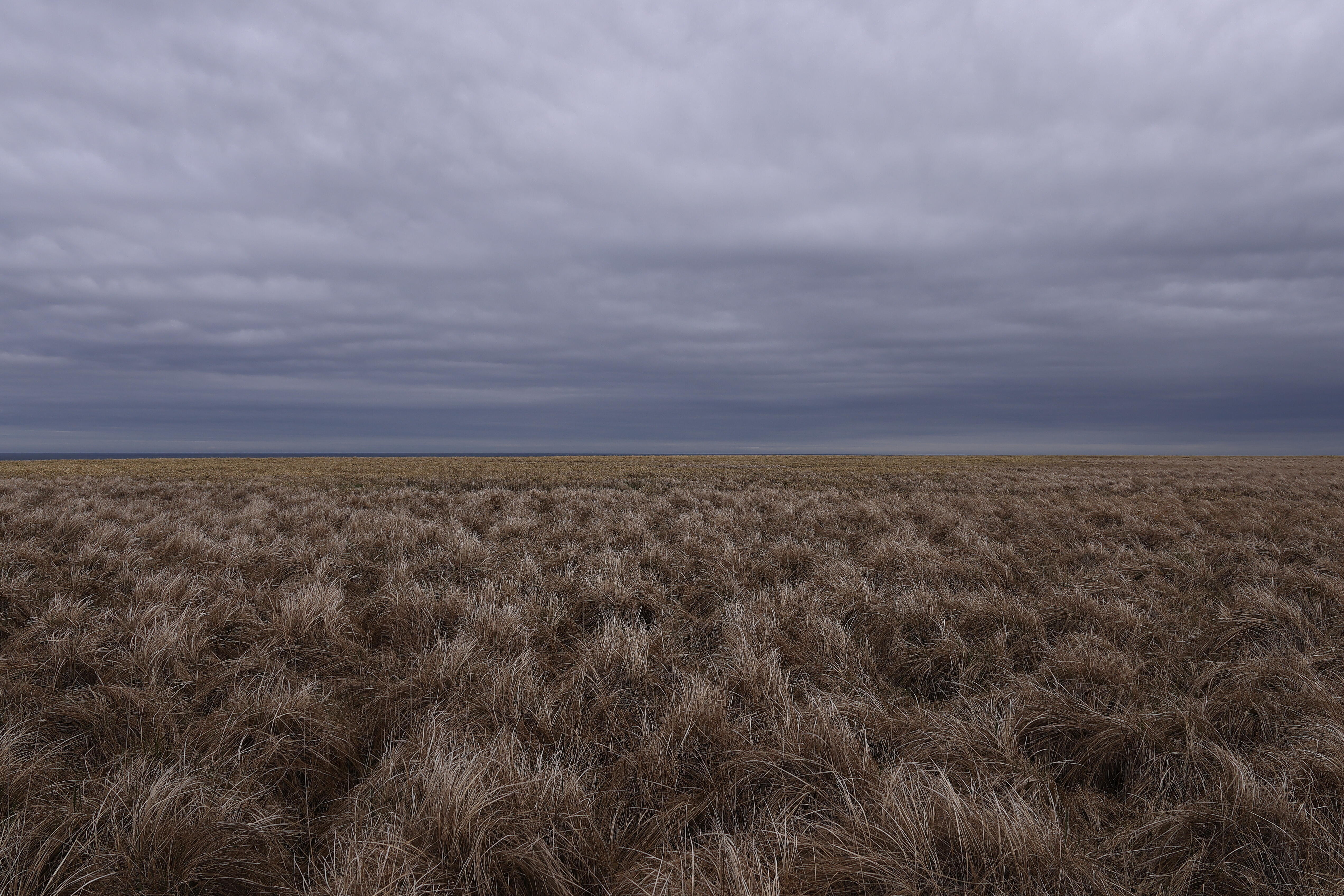
SIGMA 18-50mm F2.8 DC DN | Contemporary, Canon EOS R5, ISO 100, F9, 1/320s, 18mm
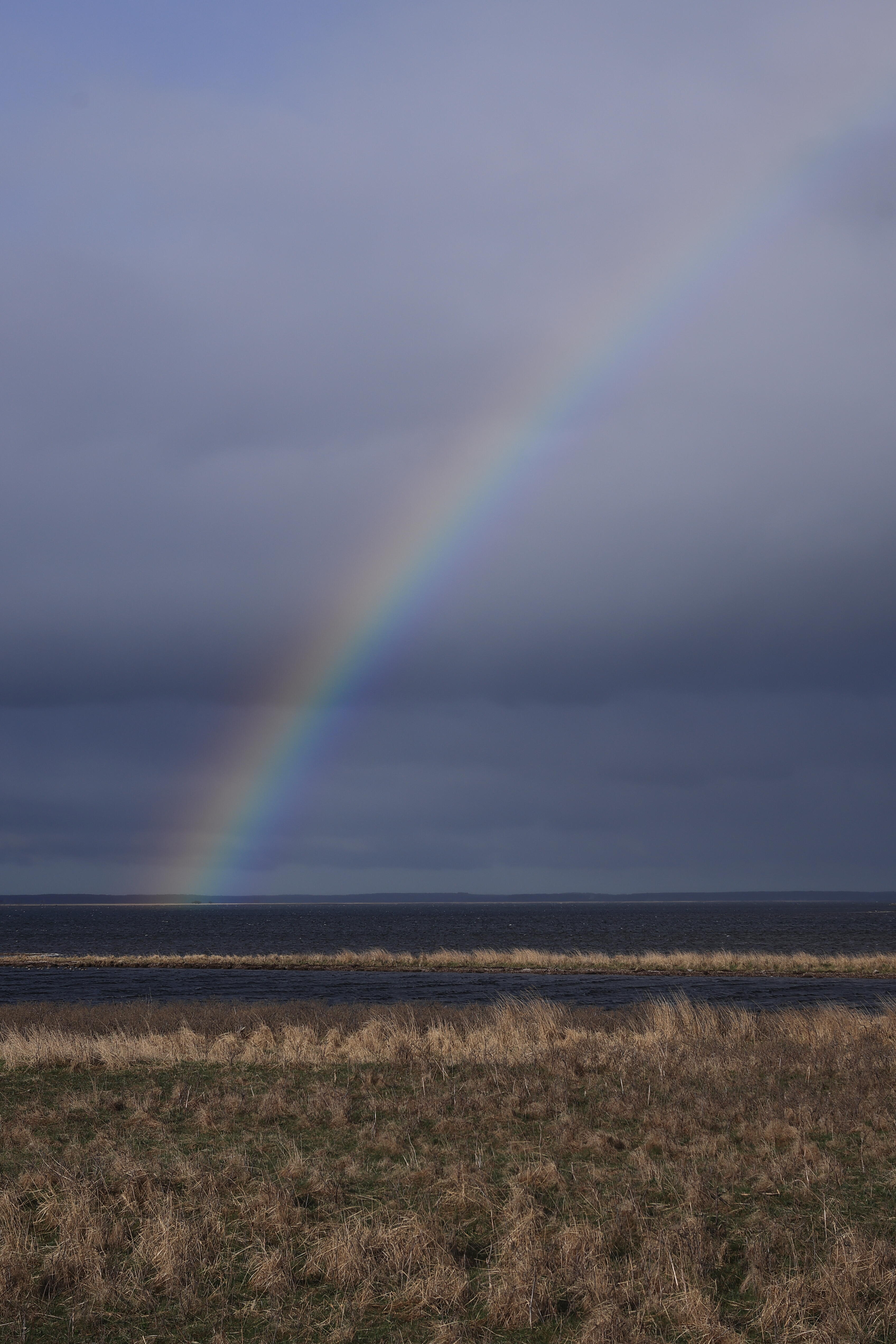
SIGMA 18-50mm F2.8 DC DN | Contemporary, Canon EOS R5, ISO 100, F9, 1/160s, 50mm
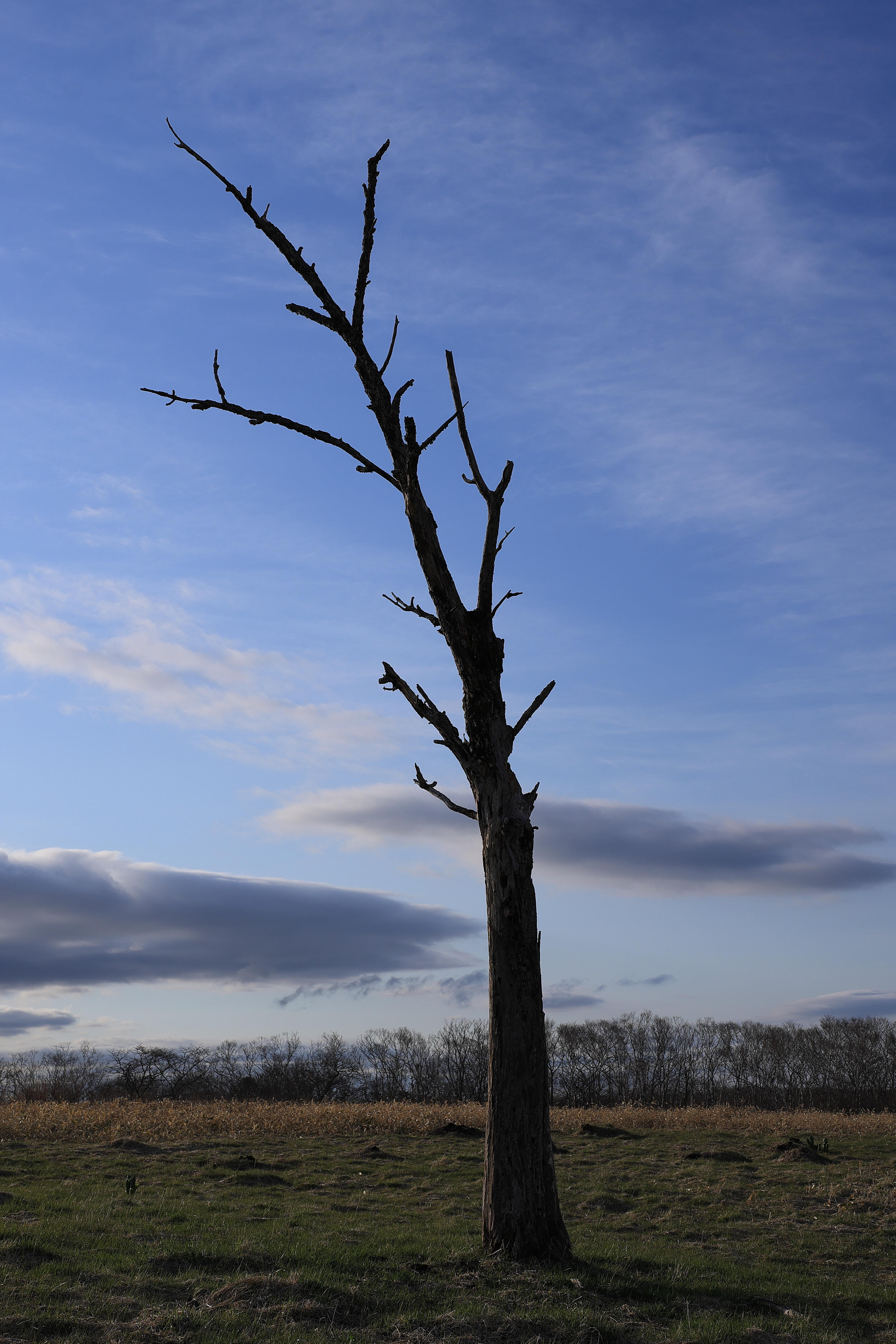
SIGMA 18-50mm F2.8 DC DN | Contemporary, Canon EOS R5, ISO 100, F8, 1/500s, 28mm
For this series, I captured the late spring in Hokkaido with the SIGMA 18-50mm F2.8 DC DN | Contemporary for Canon RF Mount. The full-frame equivalent focal length of the lens is 28.8-80mm, making it a standard zoom lens. While standard zoom lenses may not be suitable for special tasks such as drawing in extremely distant objects or distorting subjects through unusual perspectives, they are perfect for capturing the world with a natural field of view, just as it appears to the human eye. In other words, the standard zoom range captures realistic images. The appeal of these lenses lies in the challenge of capturing the world around you in works of art without the help of special tricks or gimmicks. In this sense, a standard zoom lens will test your skills as a photographer.
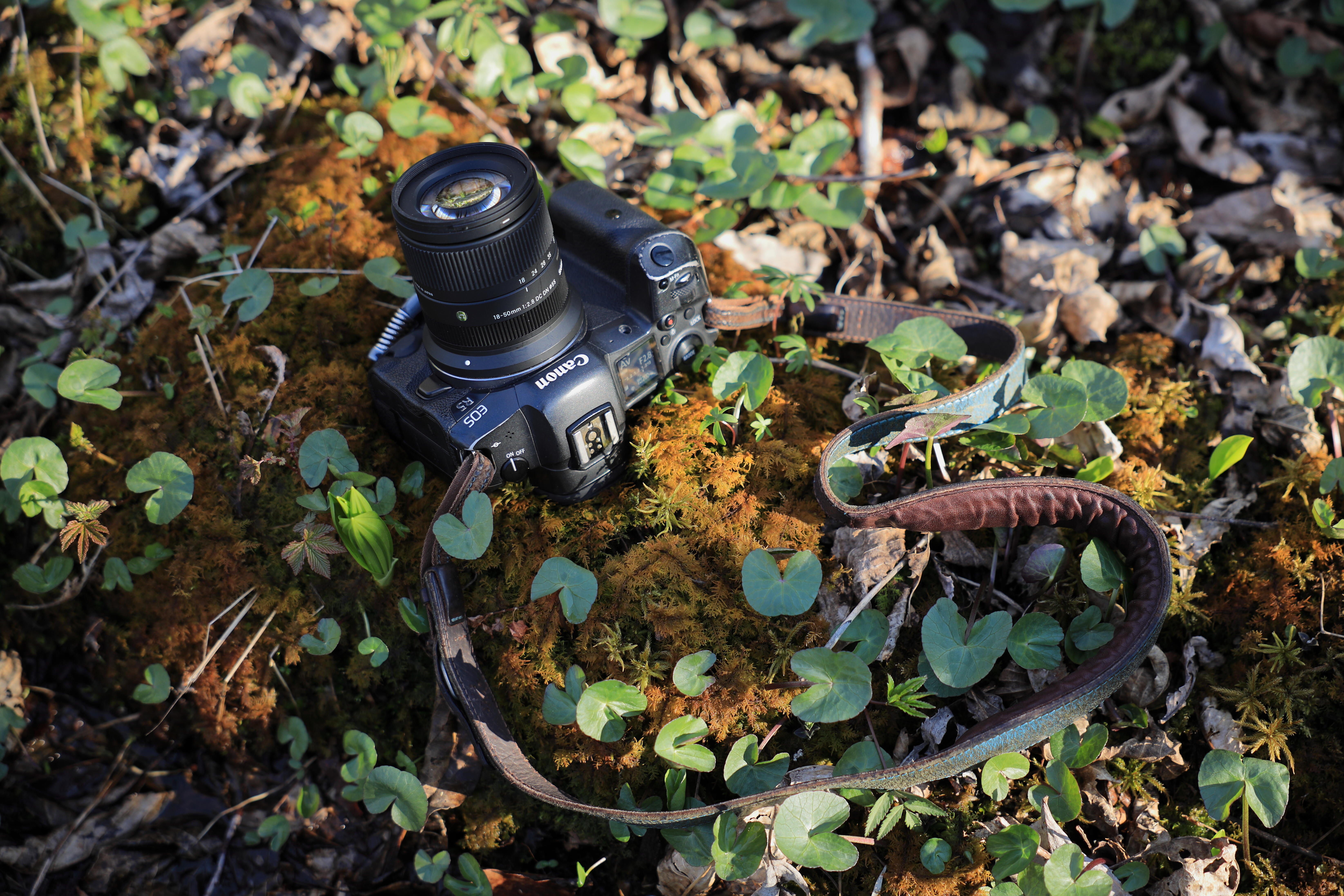
* The images without photograph data have been created with lenses other than SIGMA 18-50mm F2.8 DC DN | Contemporary
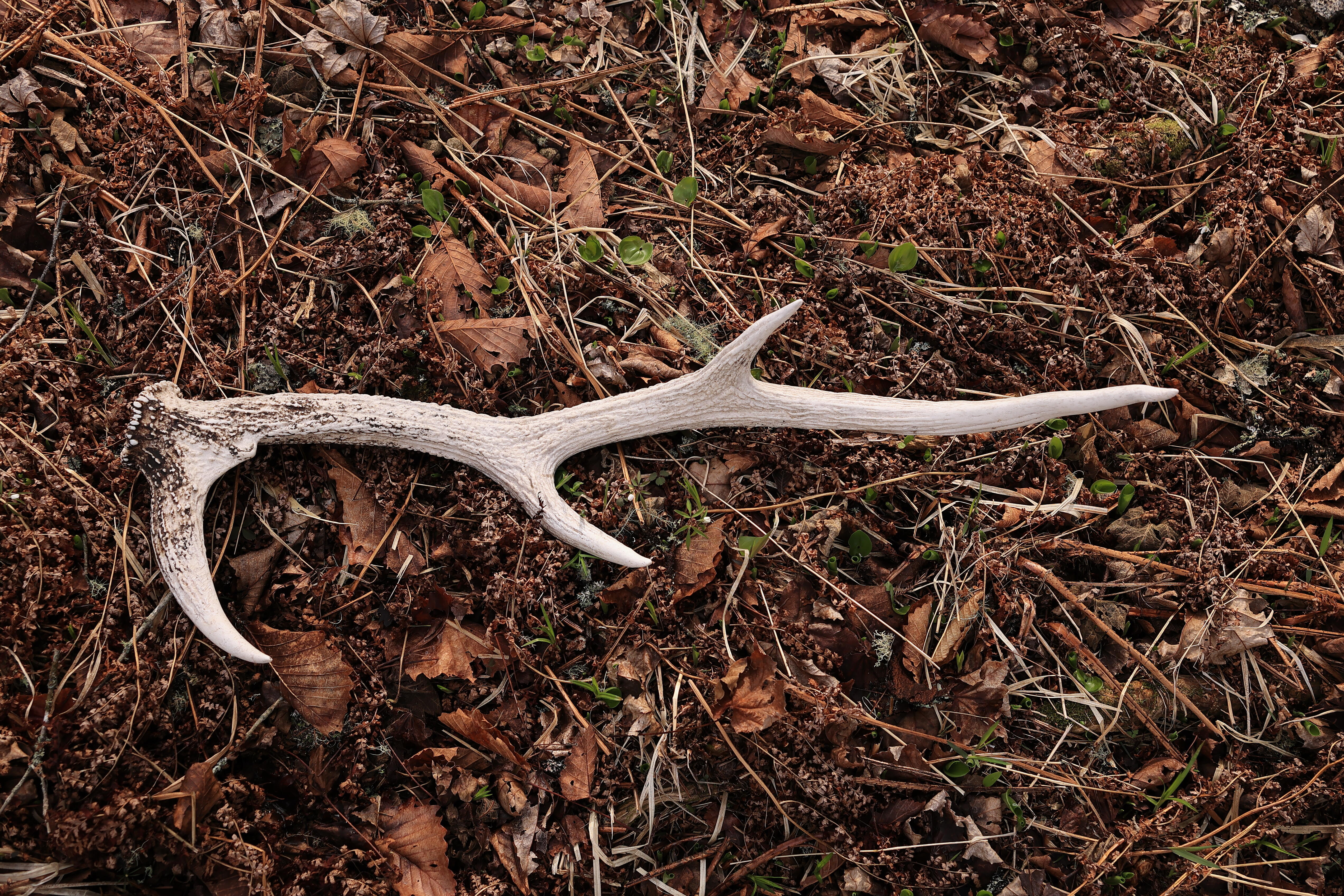
SIGMA 18-50mm F2.8 DC DN | Contemporary, Canon EOS R5, ISO 100, F4, 1/400s, 29mm
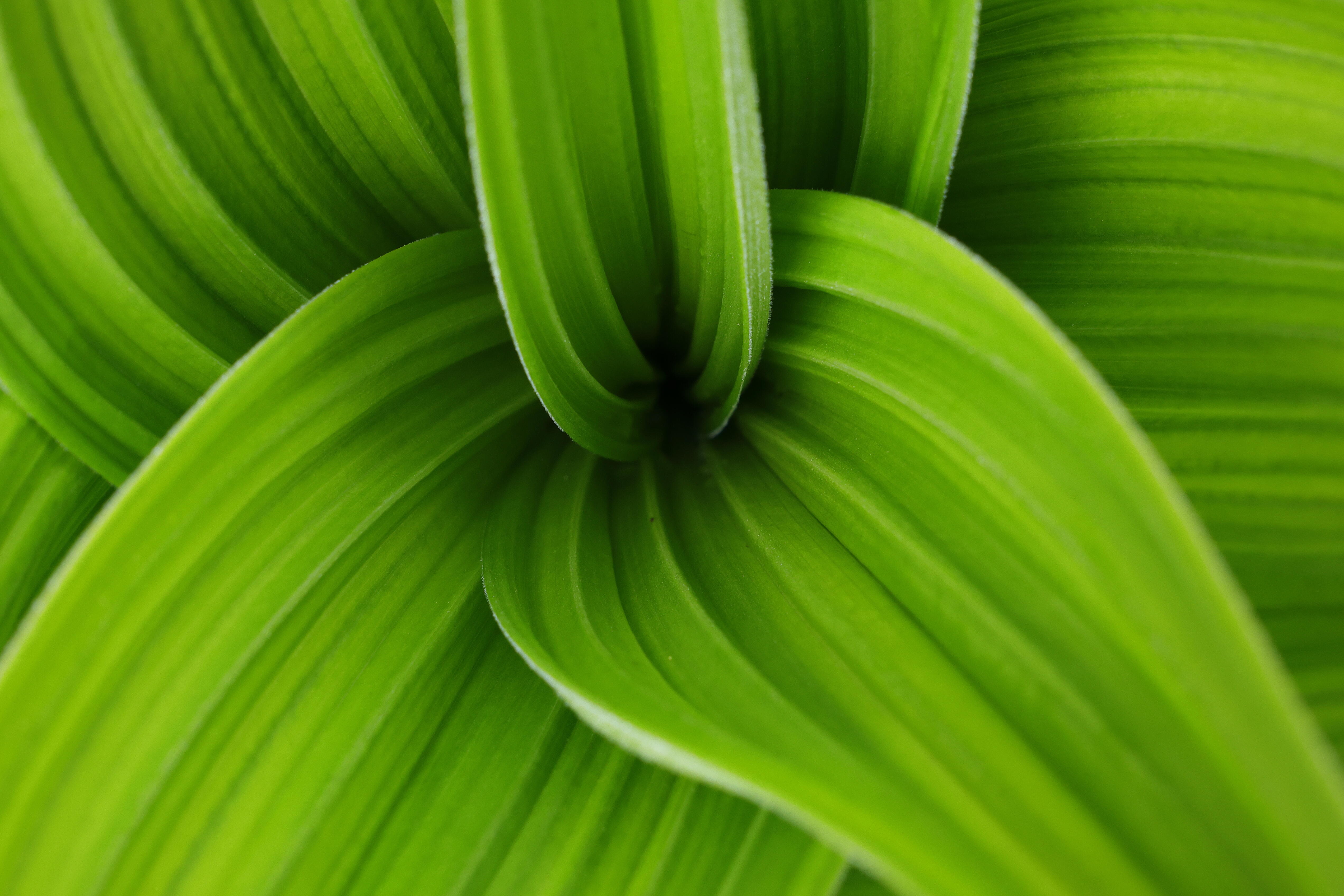
SIGMA 18-50mm F2.8 DC DN | Contemporary, Canon EOS R5, ISO 800, F9, 1/40s, 38mm
As its name suggests, the SIGMA 18-50mm F2.8 DC DN | Contemporary has a constant maximum aperture of F2.8. A bright and open aperture like F2.8 offers photographers four important advantages. First, it gives you more control over your bokeh. While it is difficult to produce extreme bokeh effects with a standard zoom lens, the F2.8 aperture is more than sufficient to create photographs with a real sense of depth, and subjects will stand out clearly from the background even at longer distances.
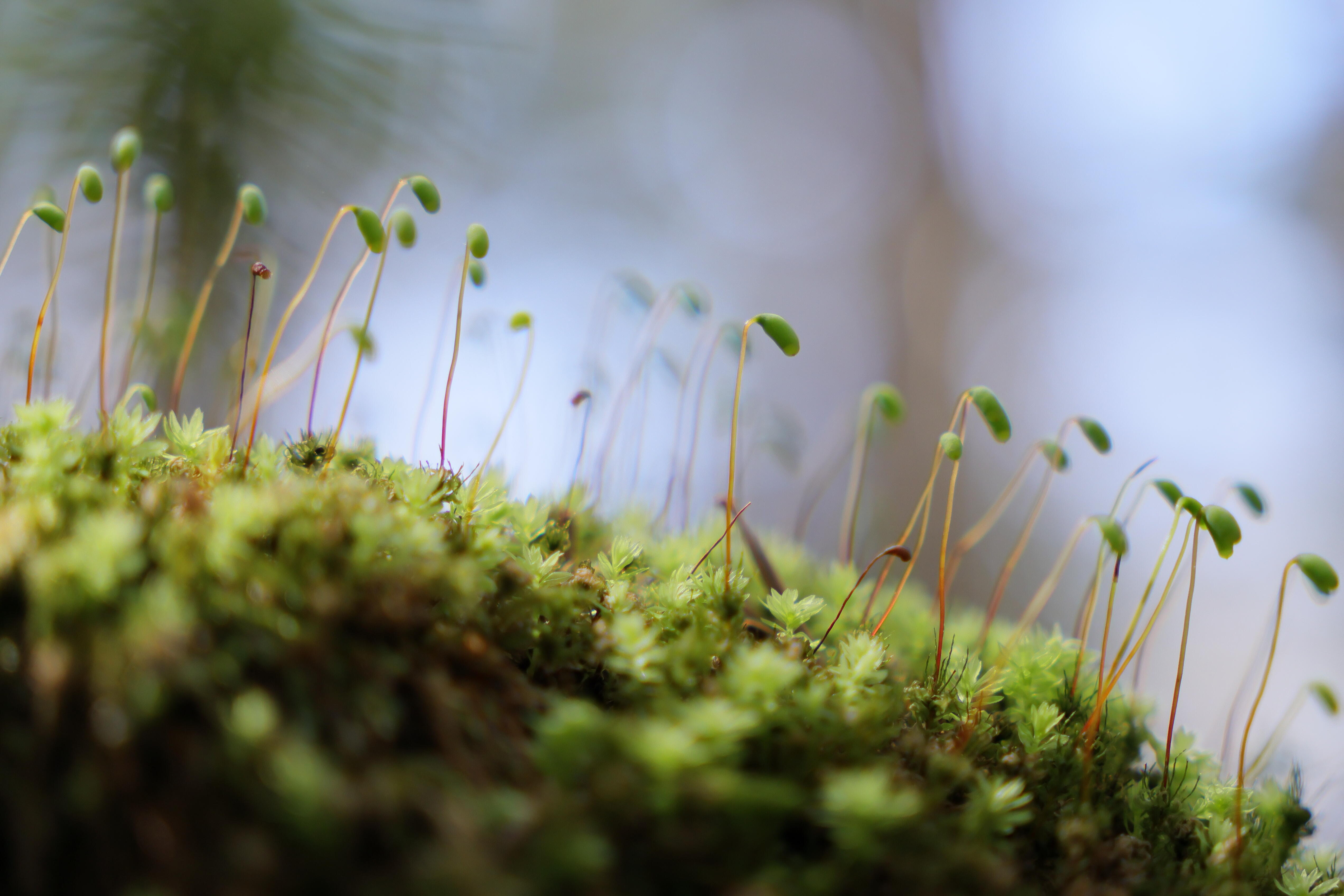
SIGMA 18-50mm F2.8 DC DN | Contemporary, Canon EOS R5, ISO 400, F2.8, 1/640s, 50mm
Second, a large aperture allows for faster shutter speeds. If your aperture is too small, you may end up with a blurry subject, for example if you are trying to photograph an animal in the wild. Even if you do your best to avoid camera shake, your subject will not be in focus if it is moving too fast for your shutter speed, and when the subject is an animal, we are often trying to capture moments that will never return. In these situations, a wide aperture like F2.8 means you can shoot at faster shutter speeds and worry less about motion blur. And when you don’t need the faster shutter speeds, the wide aperture allows you to lower the ISO sensitivity. This is the third benefit: a wider aperture leads to better image quality. When I take photographs, I think not only about how to capture my subjects, but also how to achieve the best possible image quality. In order to take great photographs, it is important to consider which aspects depend solely on the equipment and which aspects are within the photographer's control.
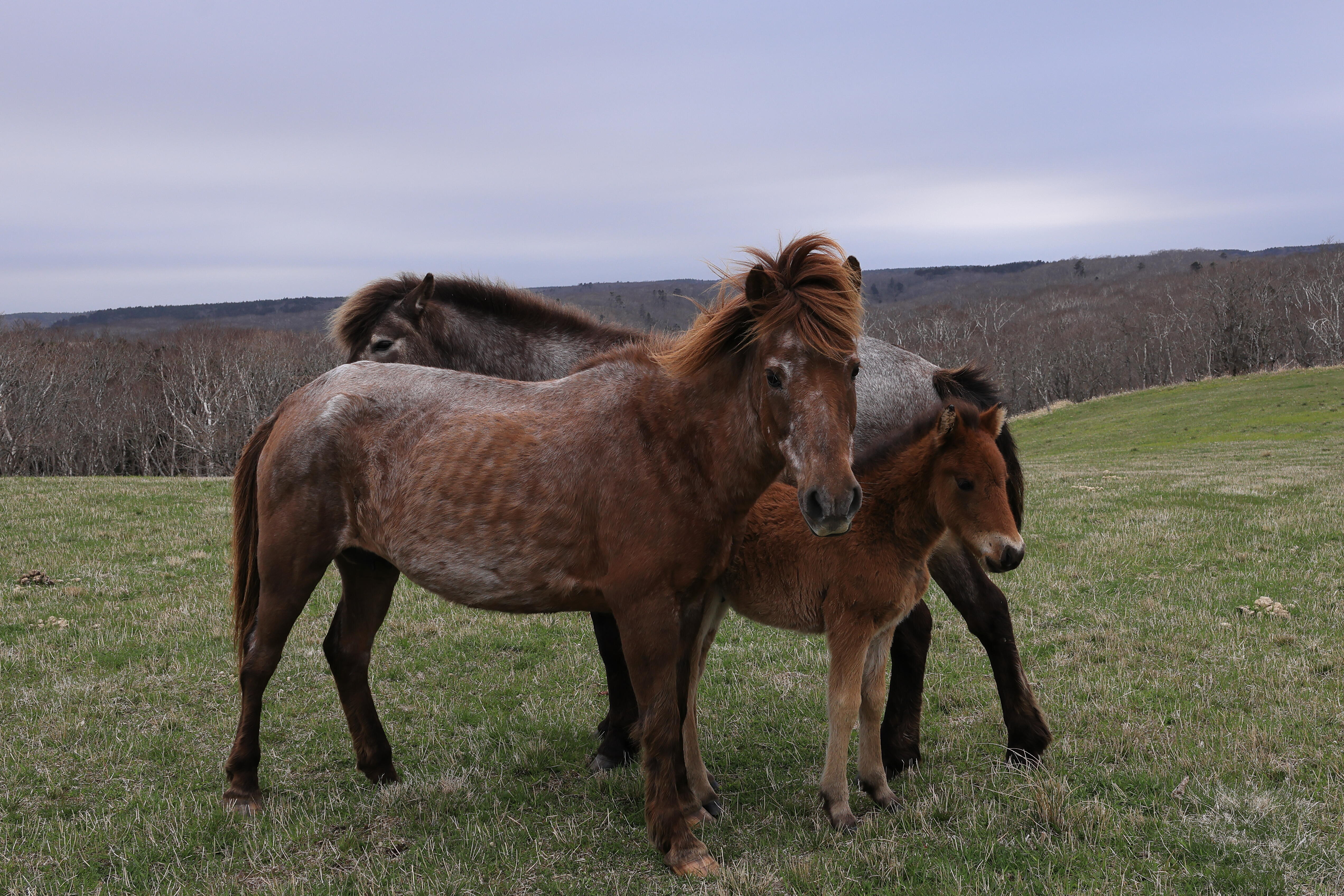
SIGMA 18-50mm F2.8 DC DN | Contemporary, Canon EOS R5, ISO 250, F8, 1/320s, 25mm
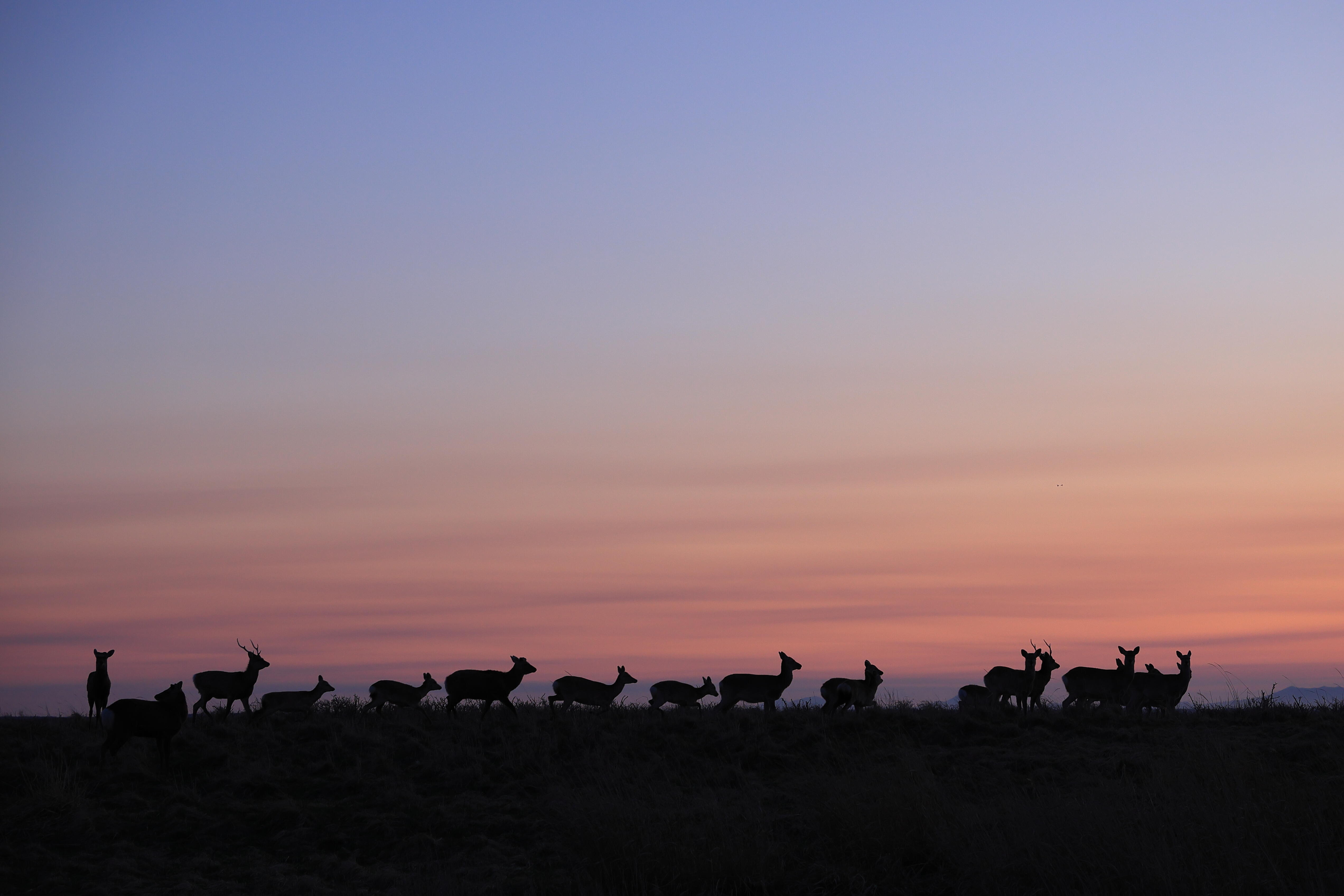
SIGMA 18-50mm F2.8 DC DN | Contemporary, Canon EOS R5, ISO 500, F4.5, 1/200s, 50mm
Finally, the fourth advantage is the ability to shoot without the use of a tripod. It is neither possible nor ideal to always have a tripod with you. For this reason, I highly prefer lenses that are fast and bright enough to allow hand-held shooting. During this series, I actually photographed while riding in a canoe, where it was impossible to use a tripod even if I had one with me. Whenever I can go out without a tripod, I feel unburdened, more mobile, and more free. Almost automatically, I find myself venturing deeper into the forest than usual… Many of my unexpected and unforgettable encounters have been the result of this feeling of freedom and lightness.
Given these four points, I think it is clear that a bright, fast maximum aperture drastically expands the range of photographic possibilities.
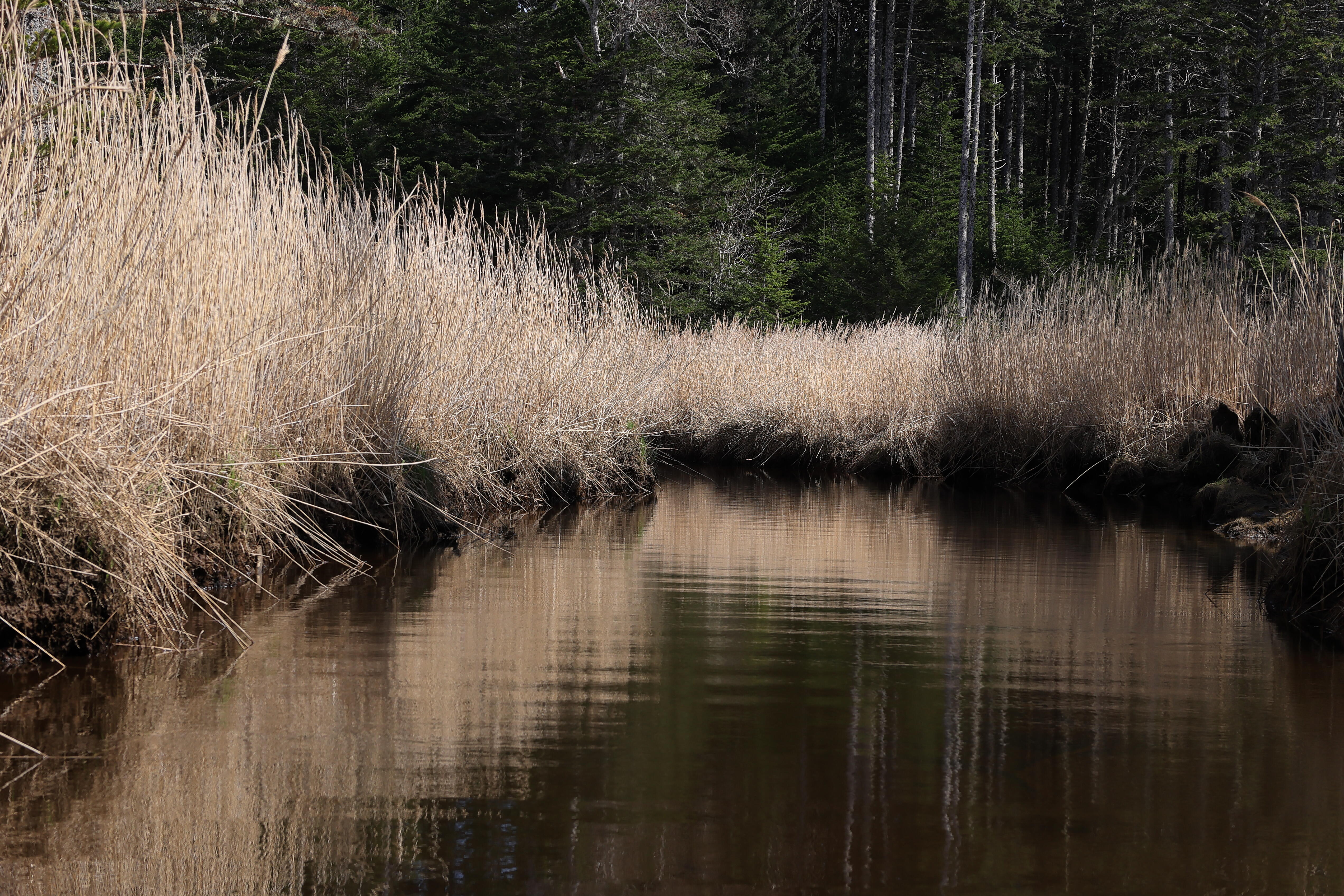
SIGMA 18-50mm F2.8 DC DN | Contemporary, Canon EOS R5, ISO 200, F7.1, 1/400s, 50mm
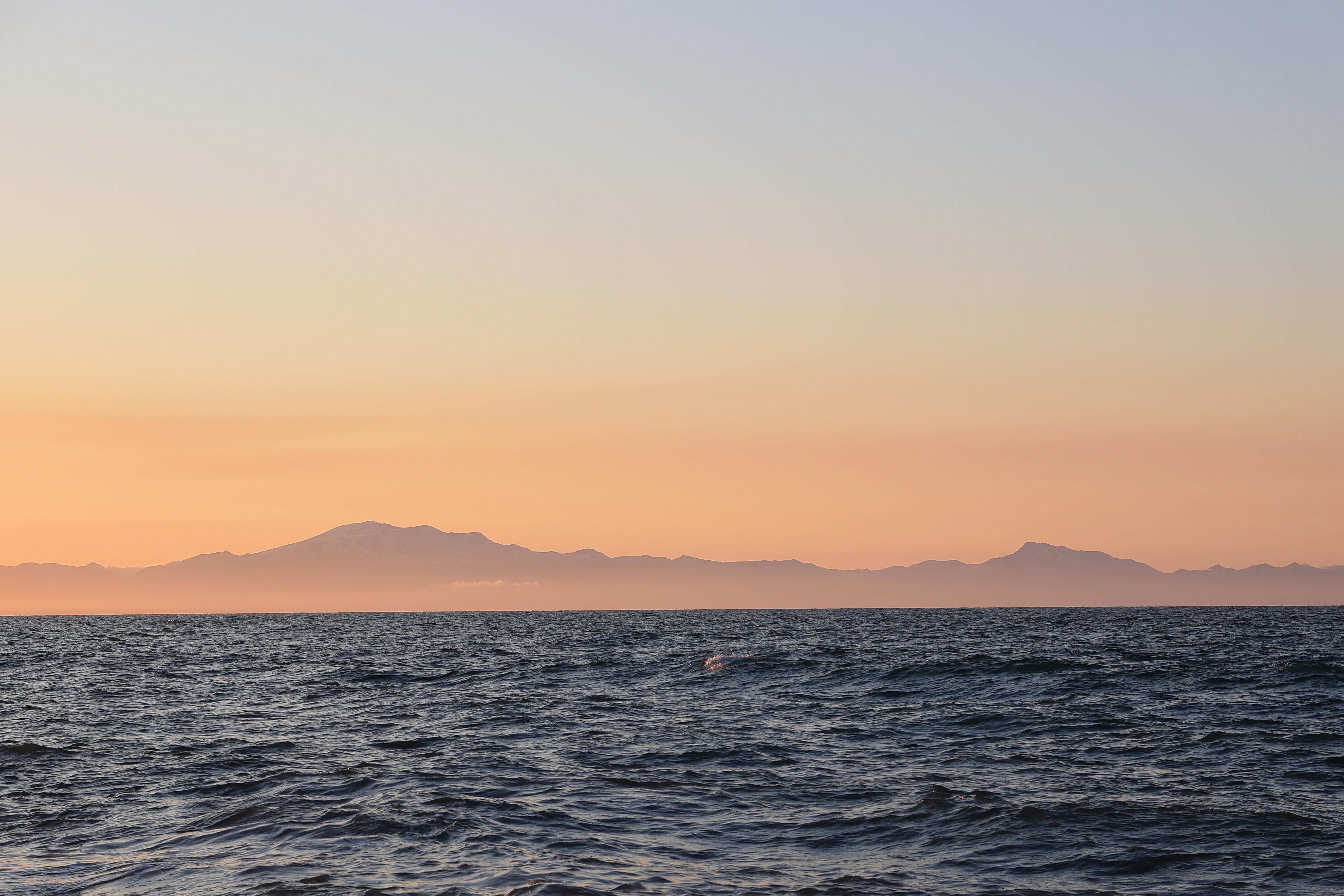
SIGMA 18-50mm F2.8 DC DN | Contemporary, Canon EOS R5, ISO 200, F6.3, 1/320s, 50mm
One thing we cannot overlook when talking about the bokeh capabilities of photographic lenses is the minimum focusing distance. In general, the shorter the distance between your lens and your subject, the more you can blur the background. Together, the maximum aperture and minimum focusing distance affect the overall size of the bokeh. In fact, whether a lens produces good bokeh can depend almost entirely on its minimum focusing distance. At just 12.1cm at the wide end, the SIGMA 18-50mm F2.8 DC DN | Contemporary offers an exceptionally short minimum focusing distance. The working distance (the distance between the front lens element and the closest focusing point) is actually only 2.7cm, allowing you to focus on subjects closer than the tip of the removable lens hood. The combination of a bright maximum aperture of F2.8 and a minimum focusing distance of 12.1cm makes the SIGMA 18-50mm F2.8 DC DN | Contemporary an ideal bokeh lens.
As I walked through the woods, I often aimed my lens at the ground around me to shoot close to its minimum focusing distance, noticing details I otherwise tend to miss. After all my years as a photographer, I again felt the excitement of seeing different objects appear in the viewfinder and discovering them anew as photographic subjects. At the minimum focusing distance, the lens produces a considerable amount of background blur, and just by changing my framing a little, I was able to create photographs with completely different atmospheres. I tried many different variations for each subject and situation, and time just flew by as I kept shooting. What I mean to say is that this lens makes the simple act of taking photographs fun.
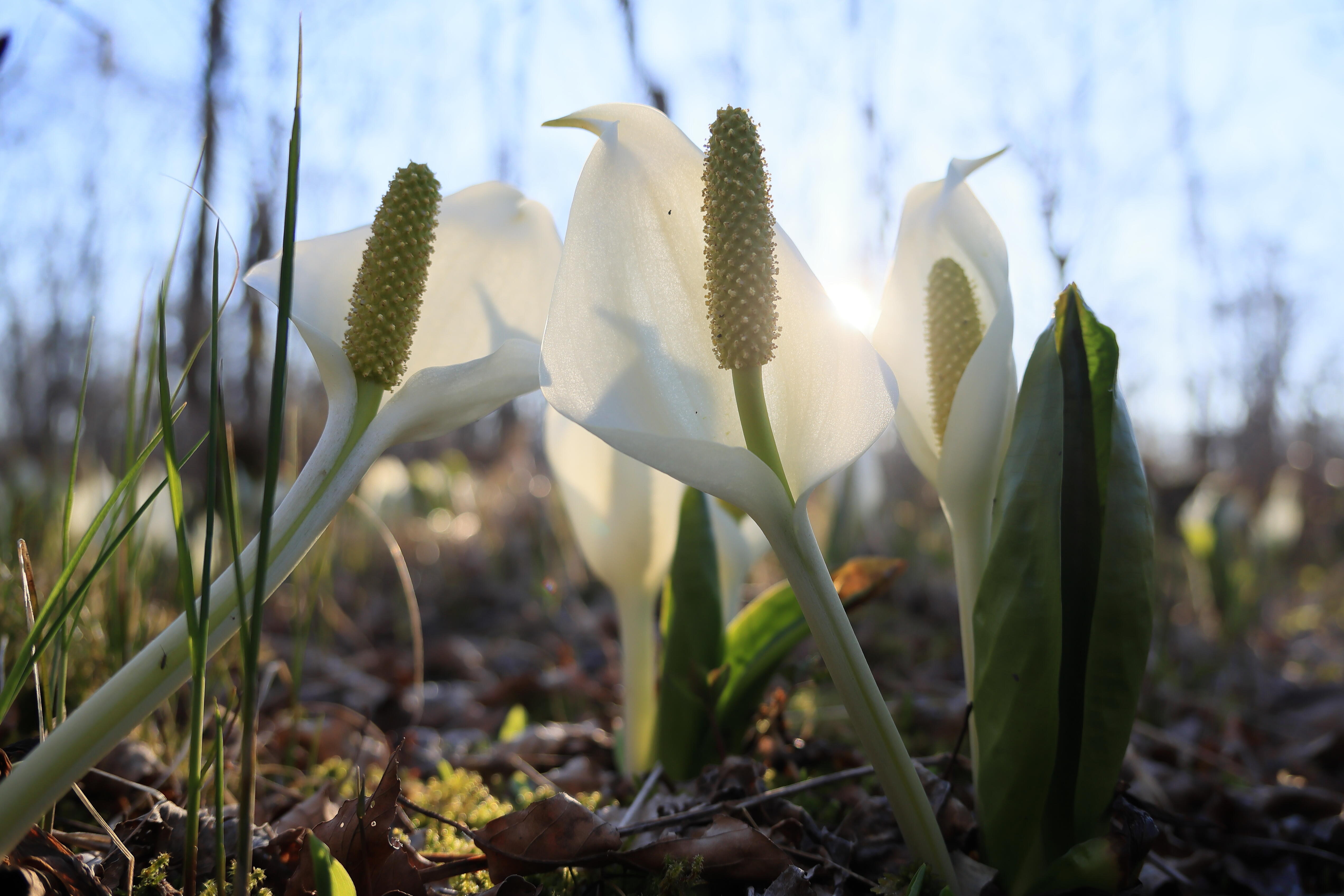
SIGMA 18-50mm F2.8 DC DN | Contemporary, Canon EOS R5, ISO 200, F2.8, 1/800s, 18mm
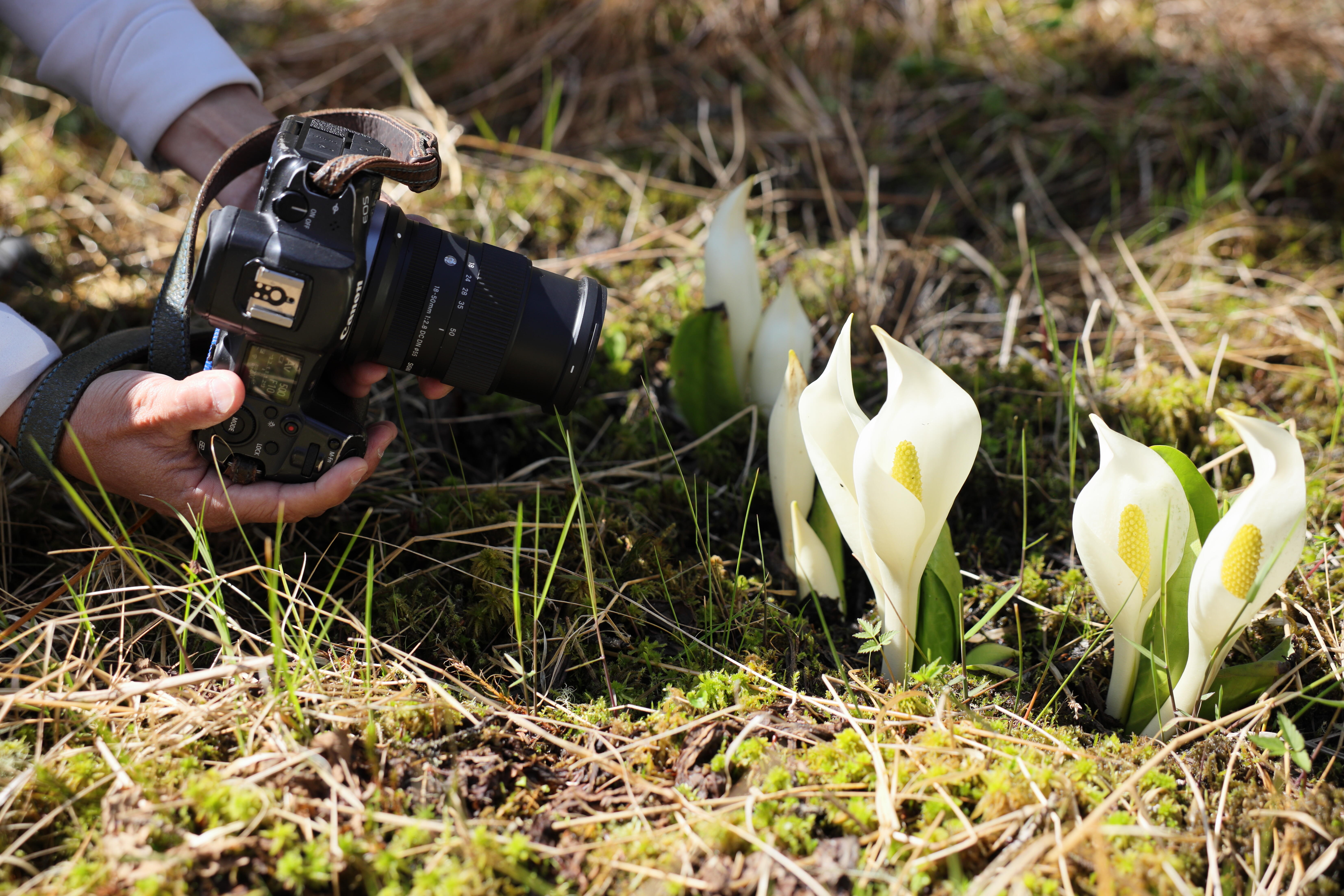
Its physical size is also surprising. For an F2.8 lens, it is remarkably small. It slips easily into the pocket of a windbreaker jacket, and despite my small hands, I was still able to wrap them completely around the lens. I must also mention the filter thread size, which is very small for a modern lens at only 55mm in diameter. The lens feels light when attached to a camera, and I felt no stress when hanging it around my neck. During this project, I hiked through mountain passes that were still covered in snow. The harsher the conditions, the less equipment I can carry, so I’m always grateful to have a lens that is compact and light when attached to my body and doesn’t take up much space when stowed in my bag. Also, and very importantly, despite its small size and weight, the lens feels perfectly balanced when mounted on a camera.
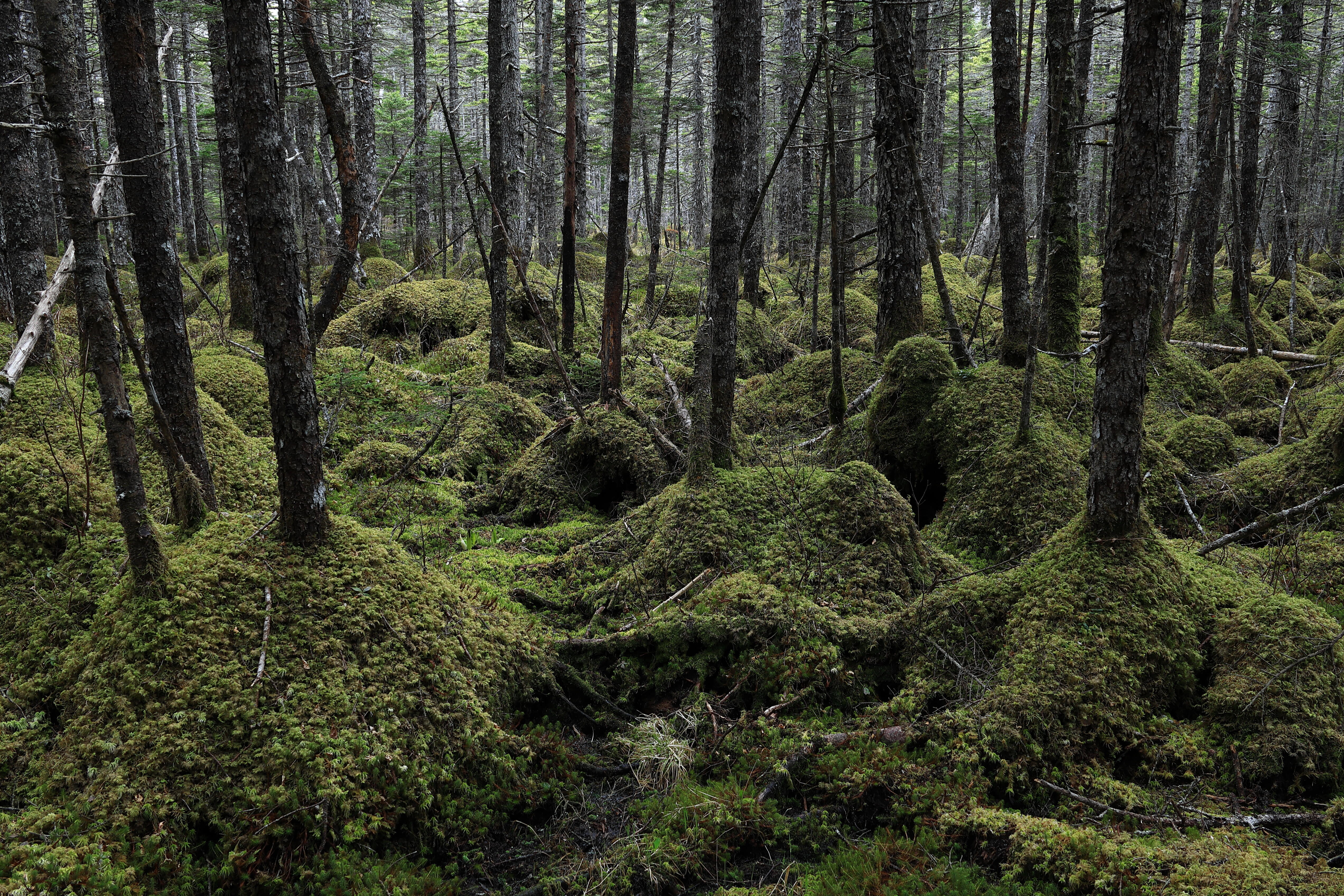
SIGMA 18-50mm F2.8 DC DN | Contemporary, Canon EOS R5, ISO 125, F6.3, 1/30s, 21mm
When I photograph in Hokkaido, I leave the house before the break of dawn and walk slowly through the forests and marshes, along the sea, or where I decide to go that day. I don’t have a specific subject in mind, such as an animal or a particular moment. Instead, I try to feel the vitality of life in this remote part of the world, discover the vast beauty that nature creates with each new season, and simply allow myself to experience the rays of light that arrive here from the sun.
When I photograph in this way, I narrow my focus when searching for subjects. By narrowing my search, I may limit my choice of subjects, but at the same time I increase my sensitivity and ability to notice subtle details.
Similarly, a standard zoom lens provides a great balance – it is versatile but not so omnipotent that it can do everything. It helps you focus. It goes without saying that the diversity and vastness of nature is beyond the power of any single lens, even a zoom lens. But that is why there are so many different types of interchangeable lenses, from zooms to primes to wide-angles, telephotos, macros, and so on. When I go out into nature, I often have a number of different lenses in my backpack. But regardless of the power of my equipment, I always keep the following mantra in mind: “Take your time, don’t be greedy, and follow your sensibilities!” Perhaps I have come to think this way because I divide my life between two very different environments, the urban landscape of Tokyo and the untouched nature of Hokkaido… but who knows?
MORE PHOTO

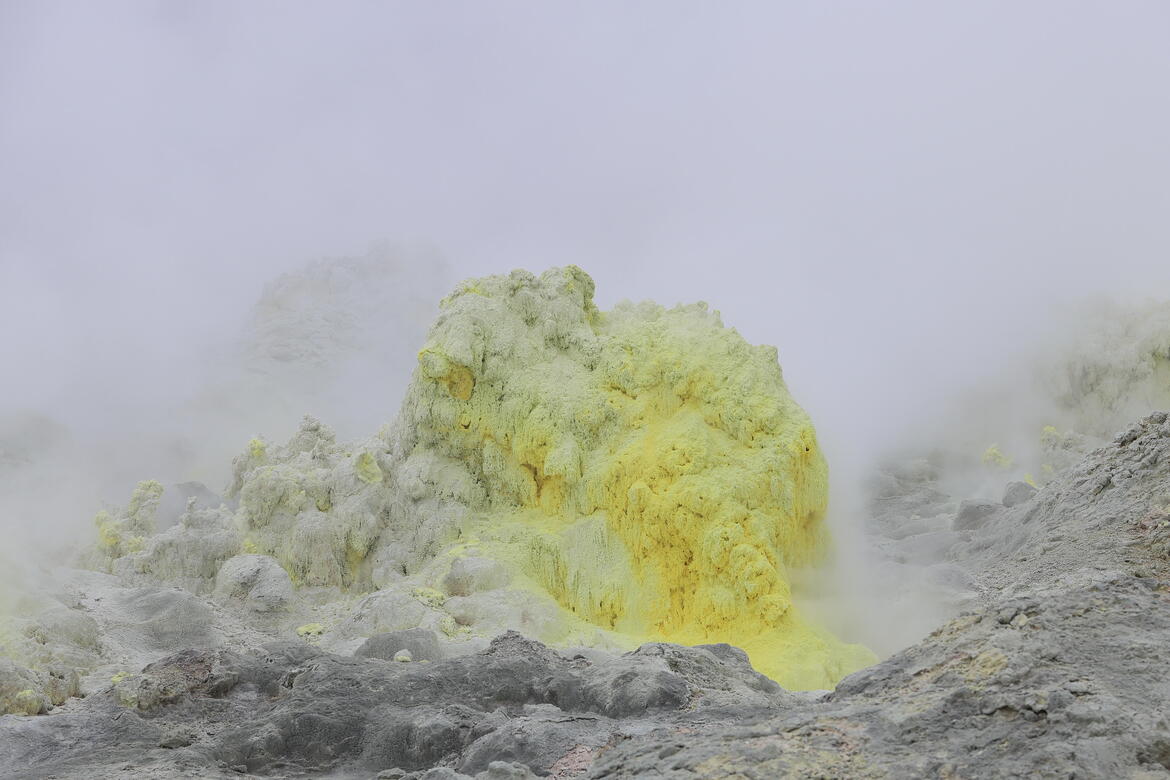
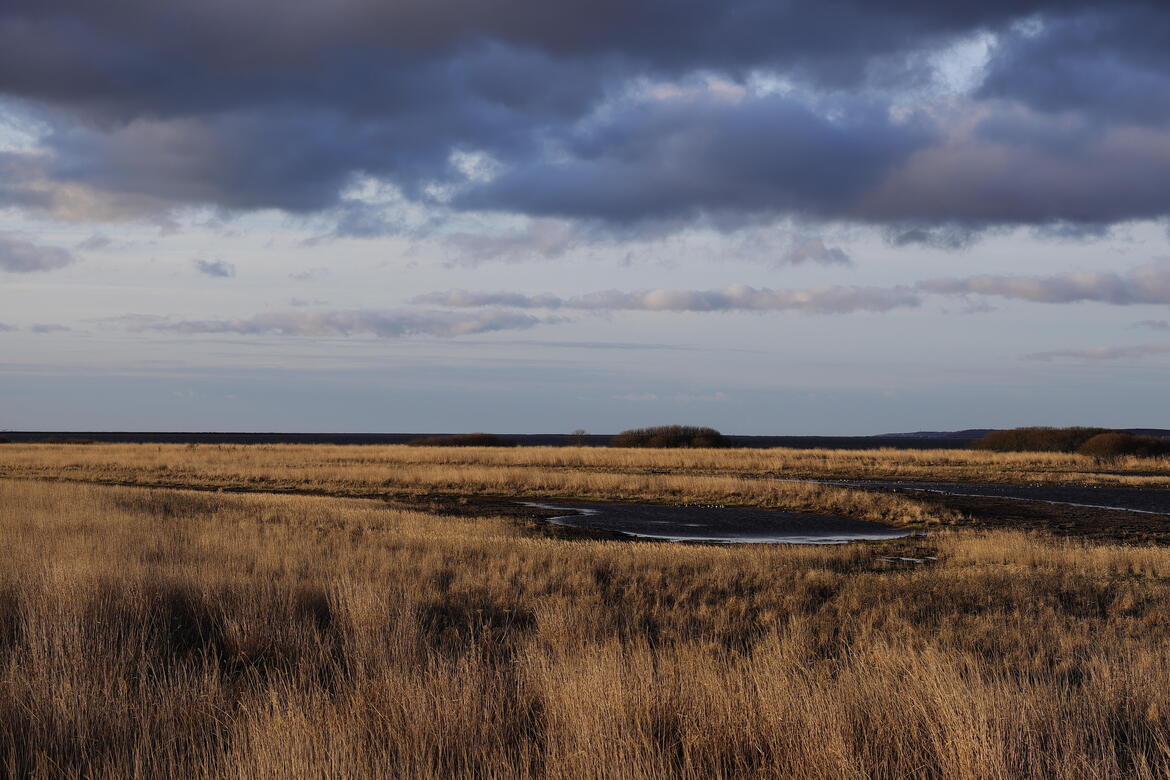


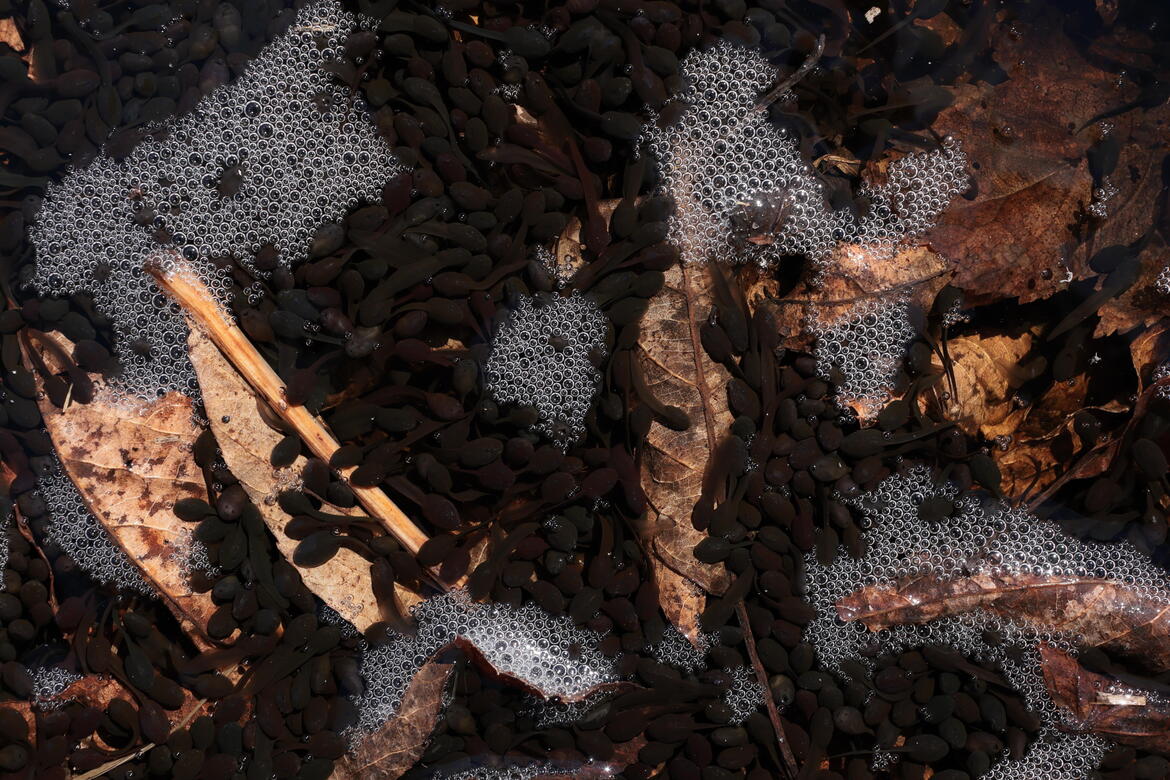
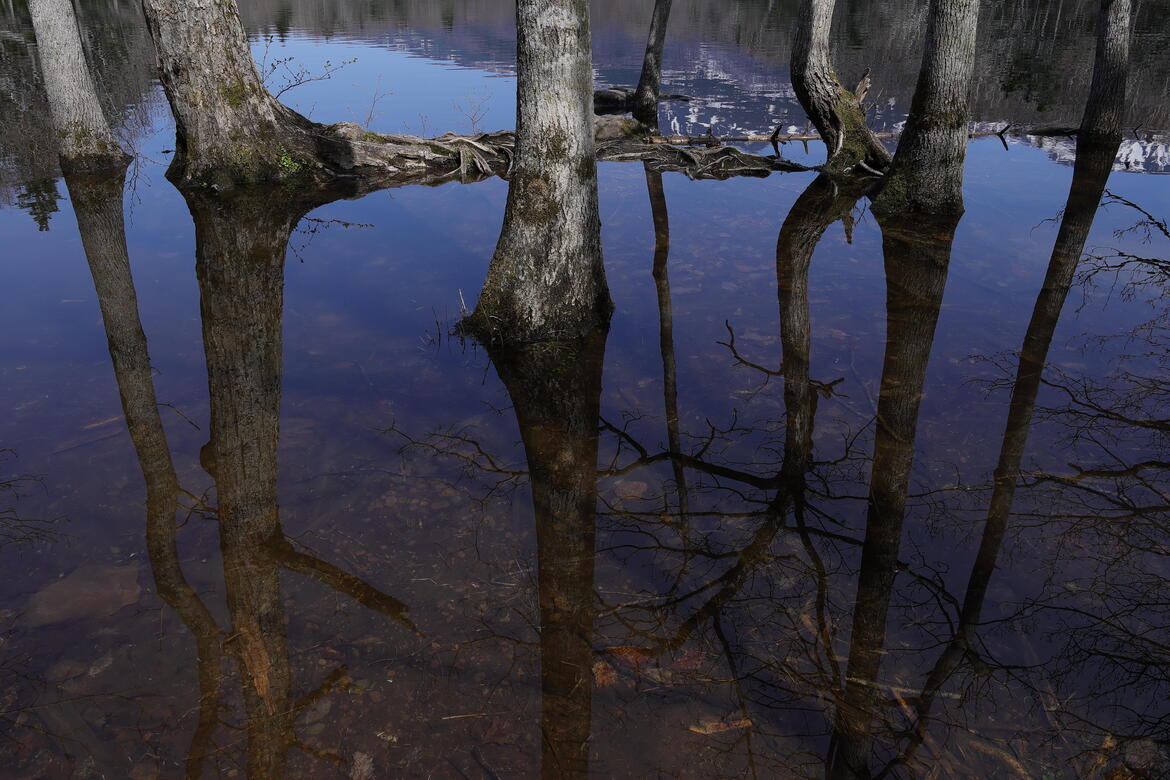
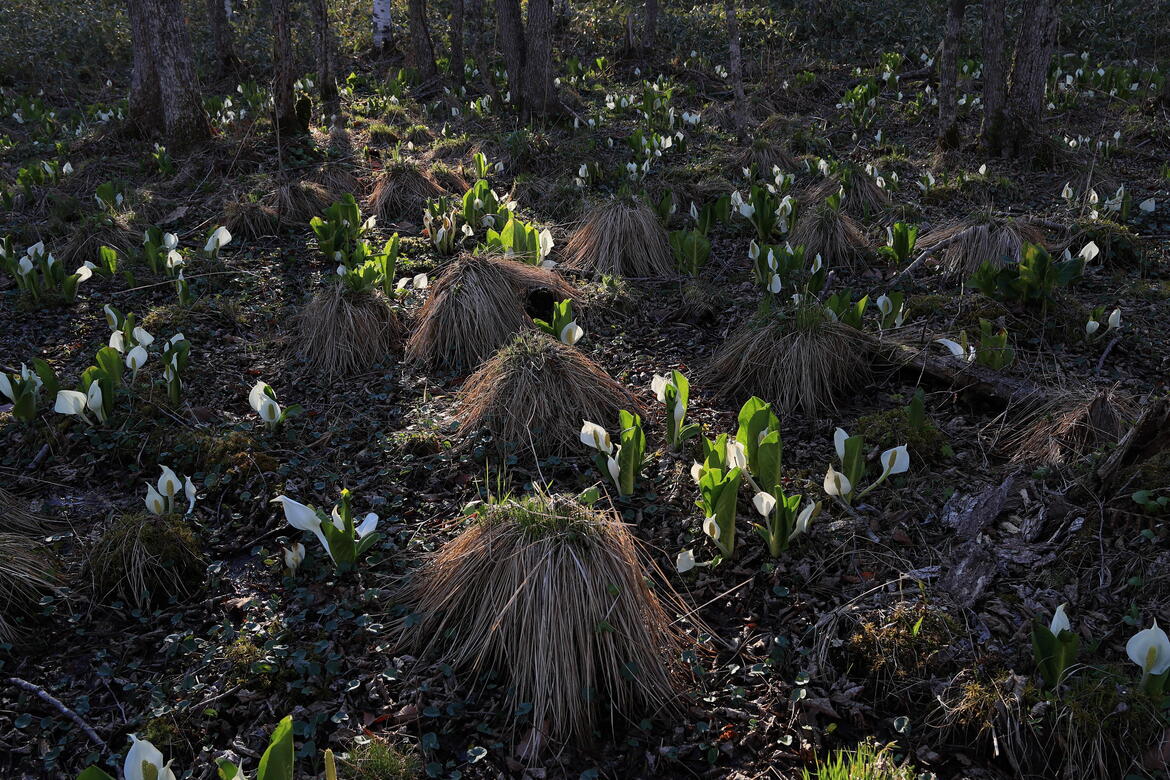
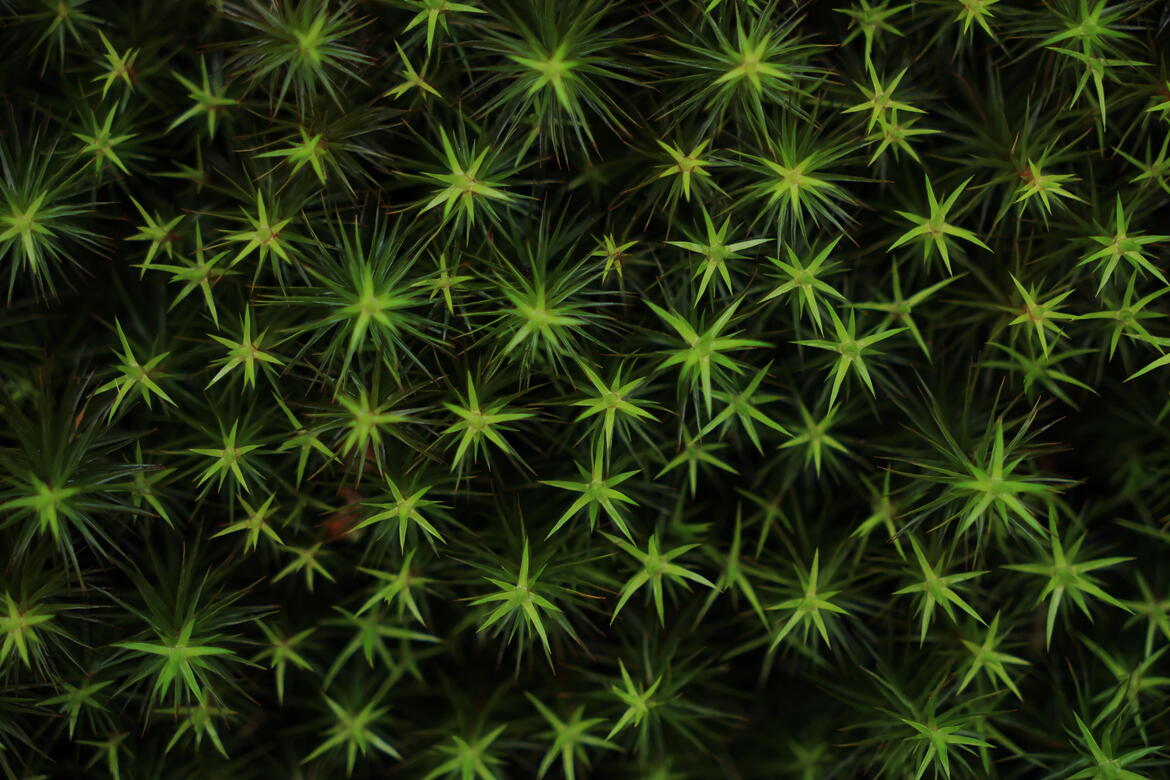
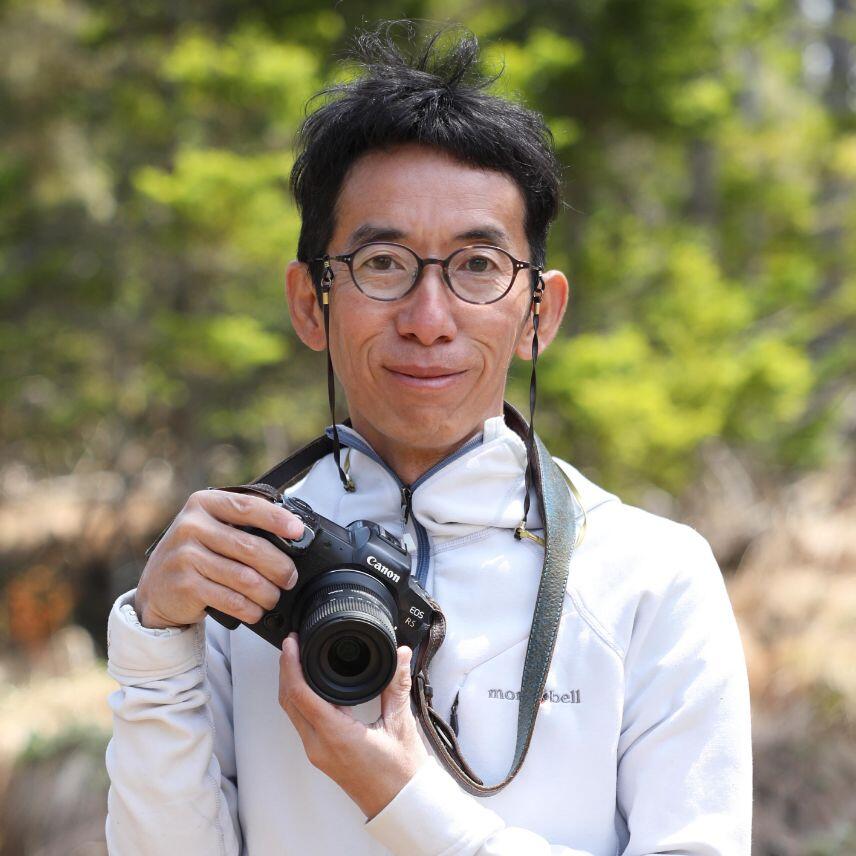
Taichi Kozawa
Photographer
Taichi Kozawa was born in 1975 in Nagoya, Japan. After graduating from the Department of Photography at Nihon University's Faculty of Arts, he worked as an assistant to Hideki Kono before beginning his career as a photographer. His portraits of children, actors, artists, and even presidents are frequently featured in magazines and advertisements. Additionally, Taichi Kozawa also writes for photography magazines, lectures, and teaches at workshops. His lifelong project of photographing children around the world, which he has presented in numerous photo exhibitions, takes him abroad several times a year. Standing 156 cm tall and weighing 39 kg, he considers himself a “small photographer.” Taichi Kozawa is a lecturer at the Canon EOS School Tokyo and member of the Japan Professional Photographers Society.
